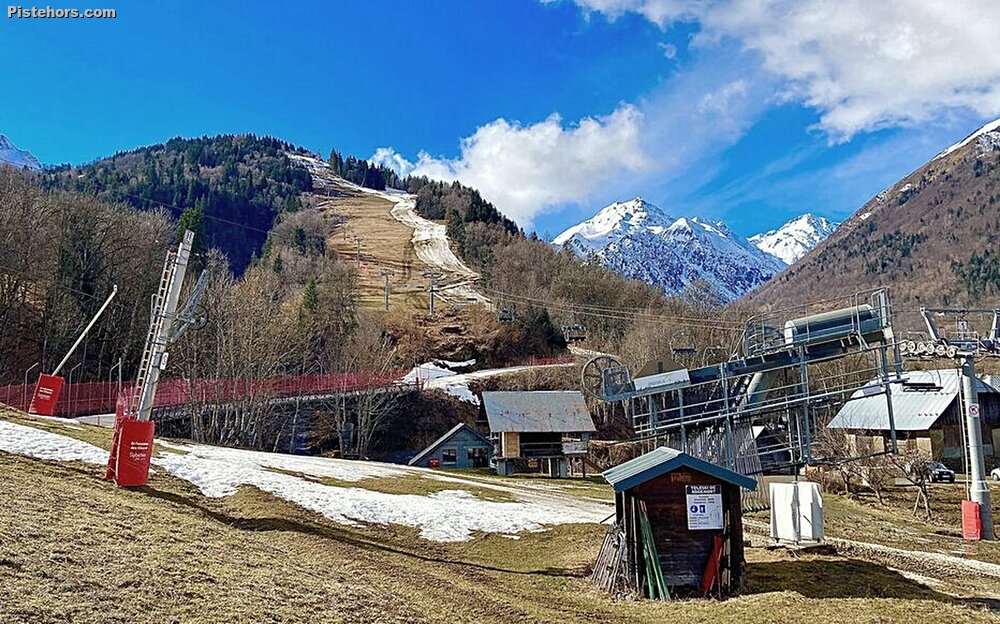Across France a number of ski resorts have decided not to open, or only partially, for the coming winter, citing both financial strain and the growing impact of climate change.
For Saint-Colomban-des-Villards, a small Alpine village, the decision came at the end of September. Only a limited beginners section of the ski resort will operate this winter after years of accumulating deficits. The connection with les Sybelles via two chairlifts will be cut. “We were fully booked and then everyone canceled,” said hotelier Maurice Bozon, 82, who will miss his first ski season in fifty years. “Skiing is my life. But at 1,100 meters altitude, we have to accept that the climate is changing.”

Local authorities share his concerns. Mayor Pierre-Yves Bonnivard explained that the warming climate has shortened the snow season, forcing the community to face tough choices. The village, which has been running deficits for decades, can no longer afford to fund its ski lifts. “Last year, we allocated 1.2 million euros out of a 2.7 million euro budget just to keep the lifts running,” he said. Both the regional prefecture and the French Court of Auditors have ordered the commune to cut back, describing the ski model as economically unsustainable.
Residents have reacted emotionally, with banners reading “NO to the station’s closure” hanging around the village. Some, like former ski instructor Jacques Maurino, warn that shutting the main lifts to the Sybelles domain will devastate local businesses. “Keeping only the beginner slopes is like giving artificial respiration to a dead man,” he said. Others fear broader consequences: if the ski school closes, the village school might follow.
Saint-Colomban-des-Villards is not alone. In Chalmazel (Loire), the local government also decided to suspend operations this year, unwilling to spend half a million euros more for a potentially snowless season. In the Tarentaise region, the small resort of Notre-Dame-du-Pré has permanently dismantled its ski lifts, ending a tradition that began in 1939. Technicians from nearby la Plagne helped the resort remove the lifts. The village now promotes year-round, non-ski tourism focused on its authentic alpine culture. Meanwhile, national programs led by “Domaines Skiables de France” are dismantling outdated ski lifts across the Alps to reduce environmental and safety risks.
At lower altitudes, snowmaking systems have become essential but increasingly ineffective. “We could open only five days last winter,” said Olivier Rey, who helps run the tiny station at Col du Granier. “It’s useless to fight with snow cannons when temperatures are too high.” Volunteers maintain the station more out of passion than profit, fully aware that its end is near. “We know it’s doomed,” said another local, Yves Yger. “In the 1970s, we skied from December to April. Now it’s just a few days. It’s changing at a crazy speed.”
The French Court of Auditors warns that by 2050, only a handful of high-altitude resorts may remain viable. Many municipalities, still responsible for ski infrastructure, are now looking for ways to reinvent themselves, pivoting toward new forms of tourism that can survive in a world where snow is no longer guaranteed.